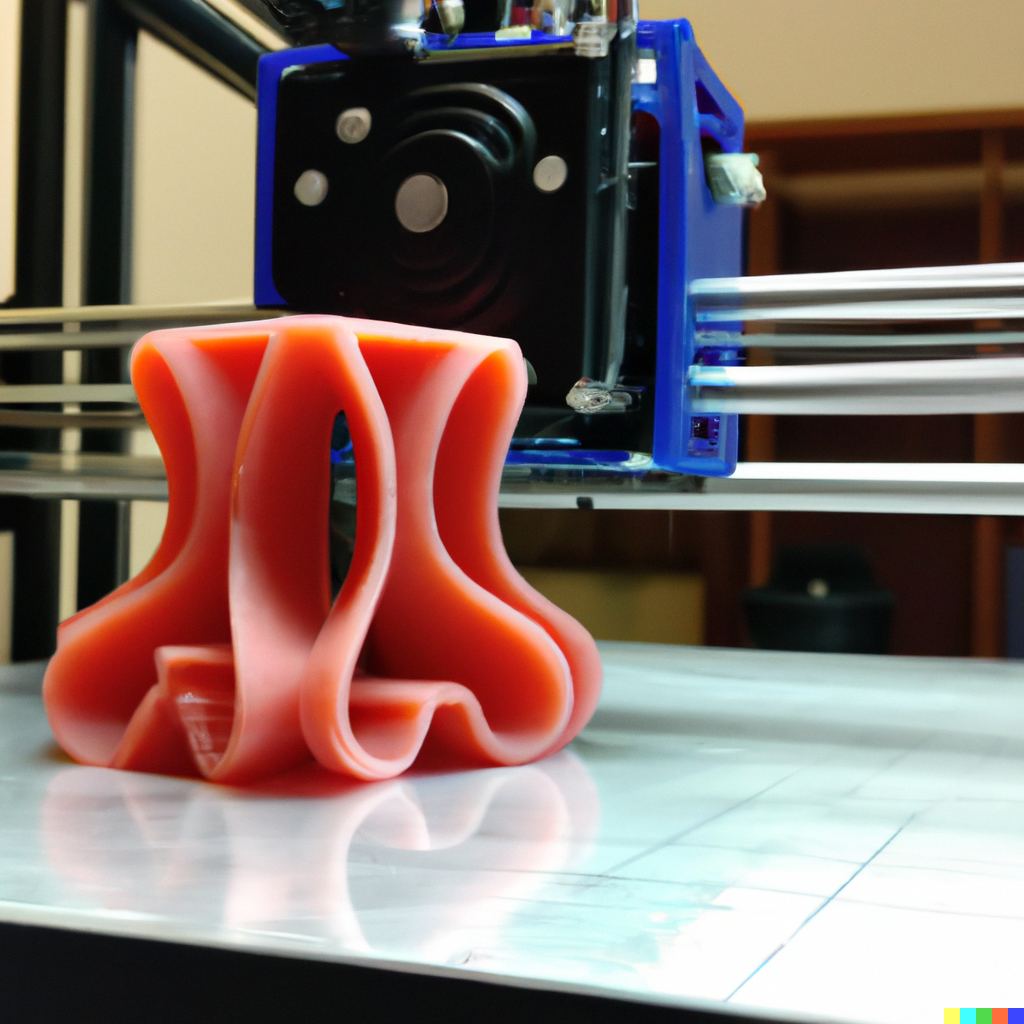Menu
Logo

3D printing has become increasingly popular in recent years, thanks to its ability to create complex, highly detailed objects that would be difficult or impossible to produce through traditional manufacturing methods. While 3D printing itself is a great technology, it can be made even more powerful when paired with the right software and hardware. One such combination is OctoPrint and Raspberry Pi.
OctoPrint is an open-source software that allows you to control and monitor your 3D printer from a web interface. It is designed to be run on a Raspberry Pi, a small, low-cost computer that is perfect for this type of application. With OctoPrint, you can control your printer's temperature, print status, and more, all from the comfort of your computer or mobile device.
One of the key advantages of using OctoPrint with a Raspberry Pi is the ability to control your printer remotely. This means you can start a print job, check on its progress, and even make adjustments, all from your computer or mobile device. This is particularly useful if you need to leave your printer running for an extended period of time, such as overnight, as you can monitor its progress and troubleshoot any issues that may arise.
Another advantage of using OctoPrint with a Raspberry Pi is the ability to use plugins. OctoPrint has a large community of developers who have created plugins to add new features and functionality to the software. For example, you can use a plugin to add support for multiple printers, or to control your printer's lighting and fans.
In addition to the software, the Raspberry Pi also provides a great hardware platform for OctoPrint. The Pi is small, low-power and can be powered via USB, which means it can be easily integrated into your printer's design. Plus, the Raspberry Pi has a variety of ports, such as USB and Ethernet, that allow you to connect a variety of peripherals, such as cameras, LCD displays, and more, to enhance your 3D printing experience.
In conclusion, OctoPrint and Raspberry Pi make a great combination for 3D printing. The software provides powerful remote control and monitoring capabilities, while the hardware provides a compact and low-power platform that can be easily integrated into your printer. Whether you're new to 3D printing or are a seasoned pro, OctoPrint and Raspberry Pi are sure to take your printing to the next level.
Sign up for our newsletter and be the first to know about coupons and special promotions.
All prices are in AUD and include GST. © 2024 Little Bird Electronics Pty Ltd. ABN: 15 634 521 449.